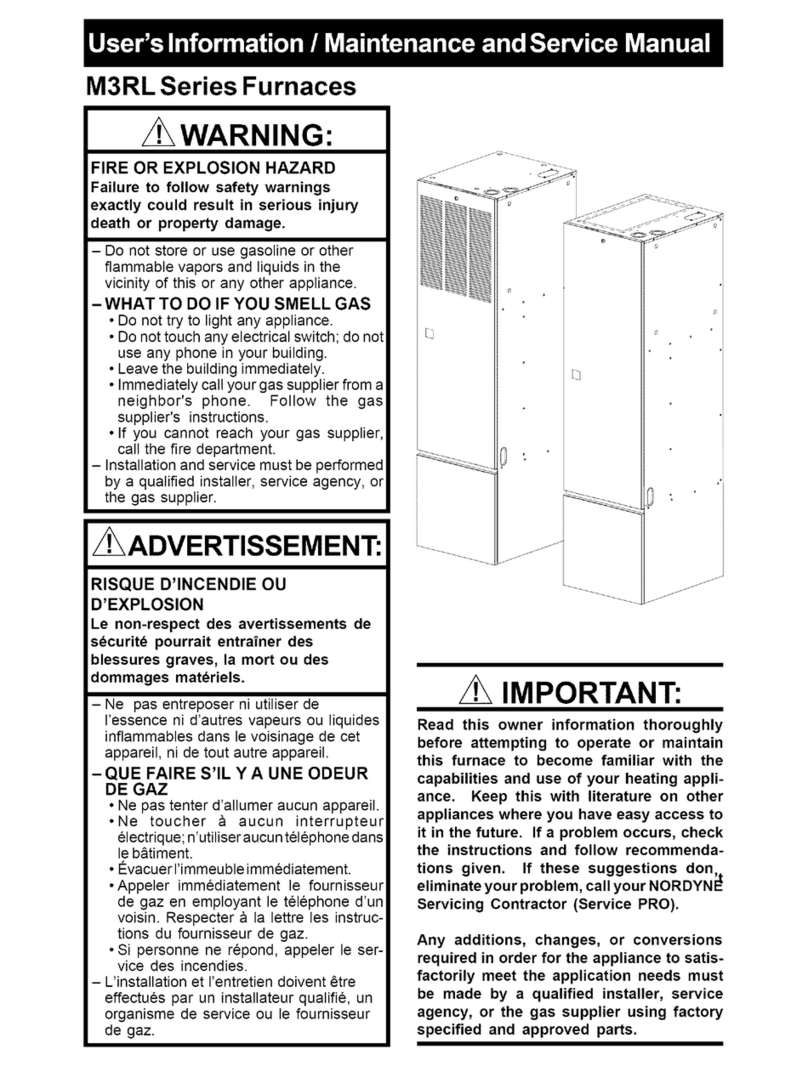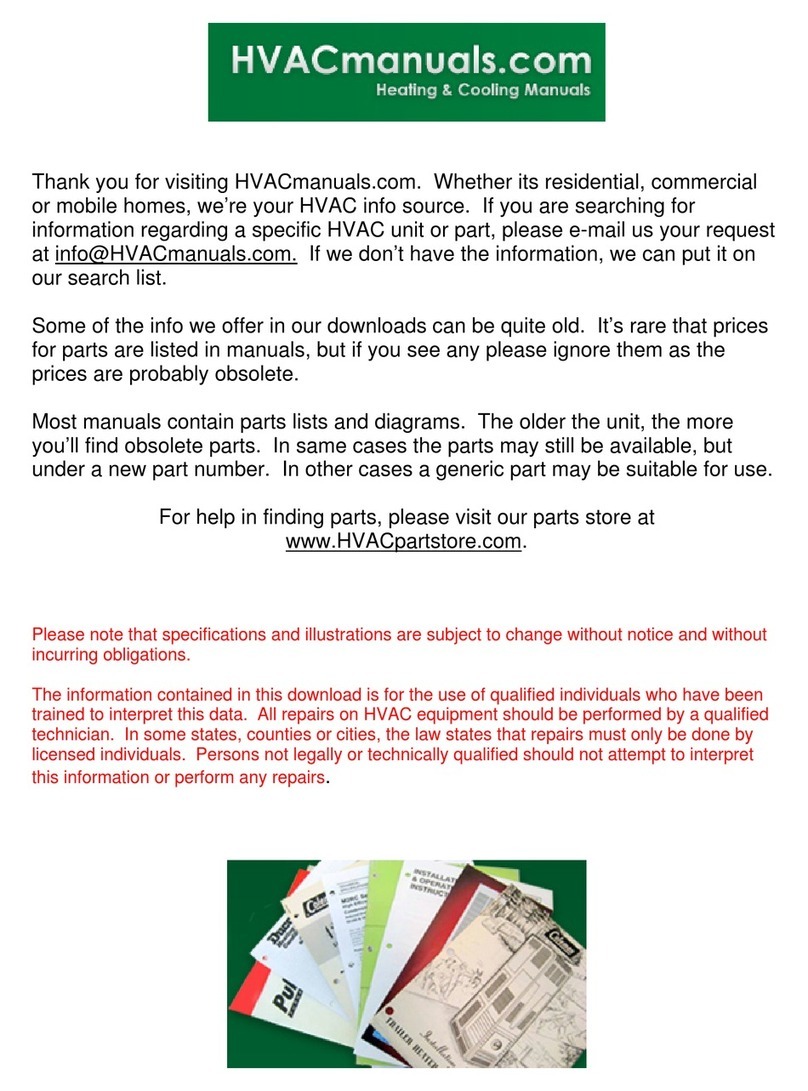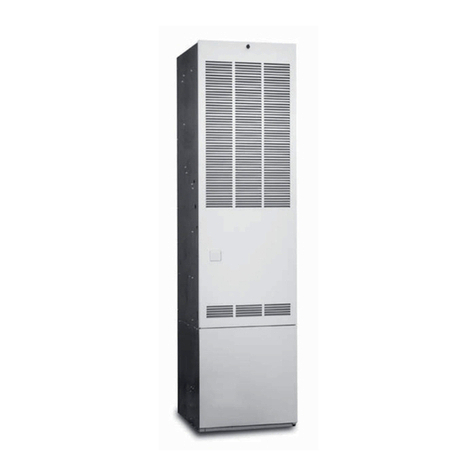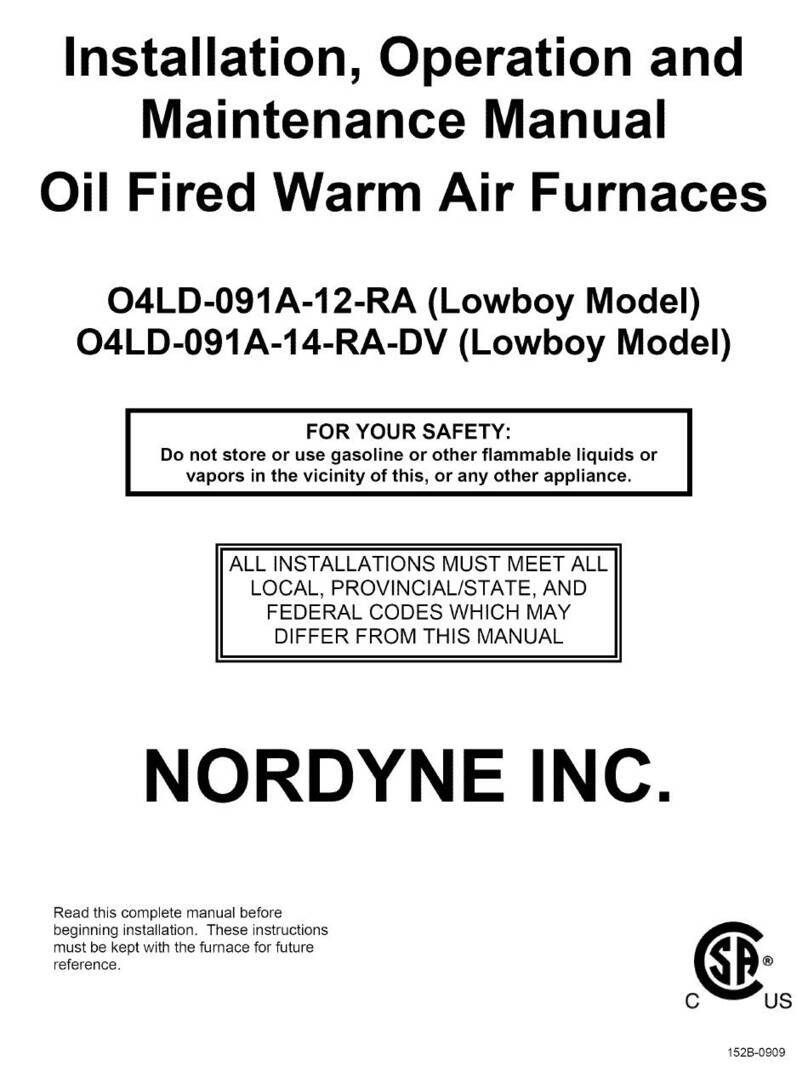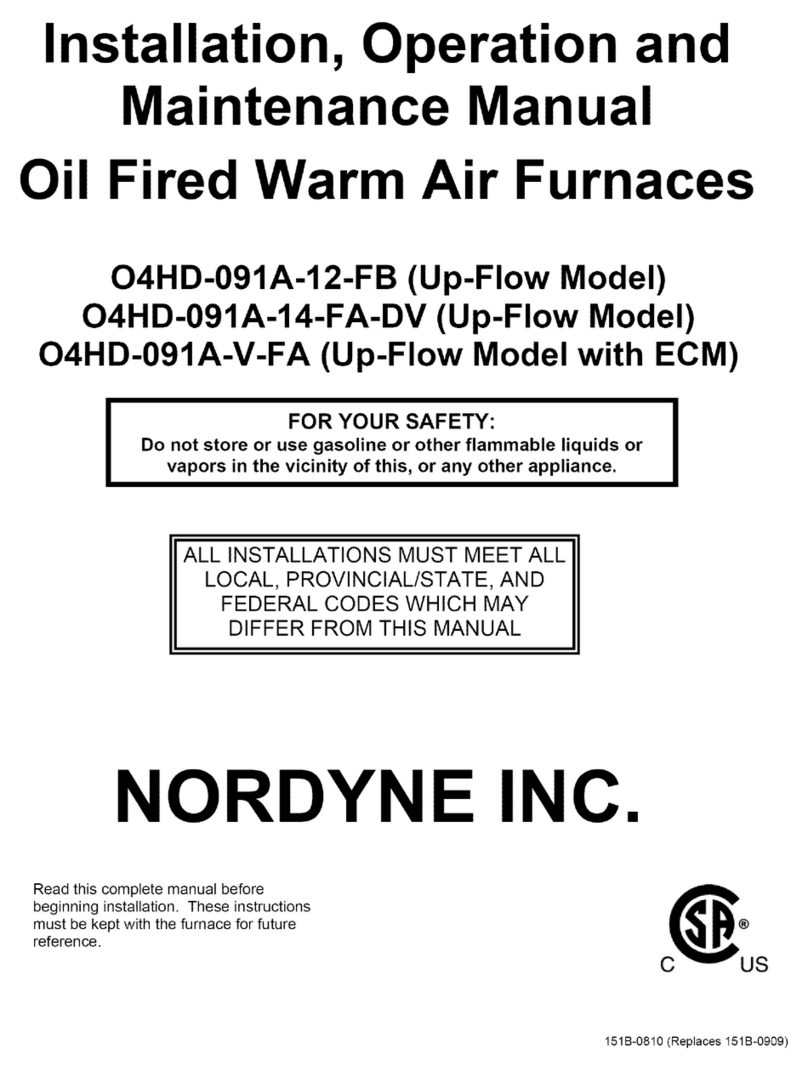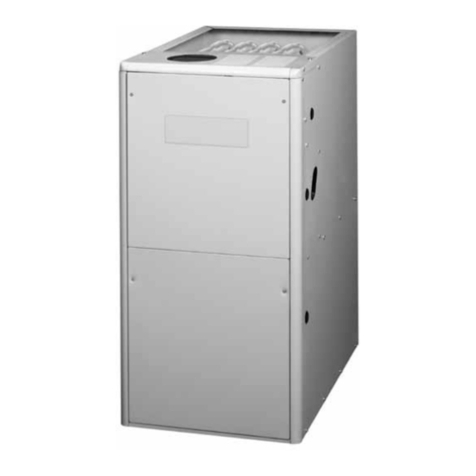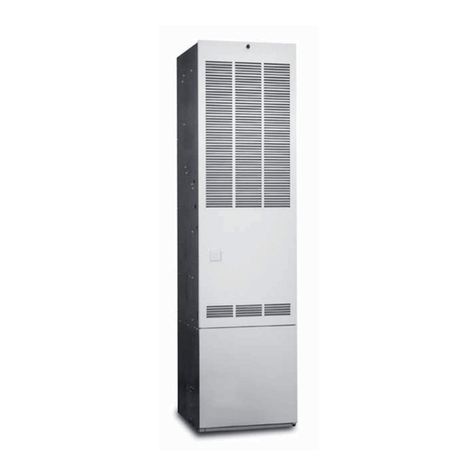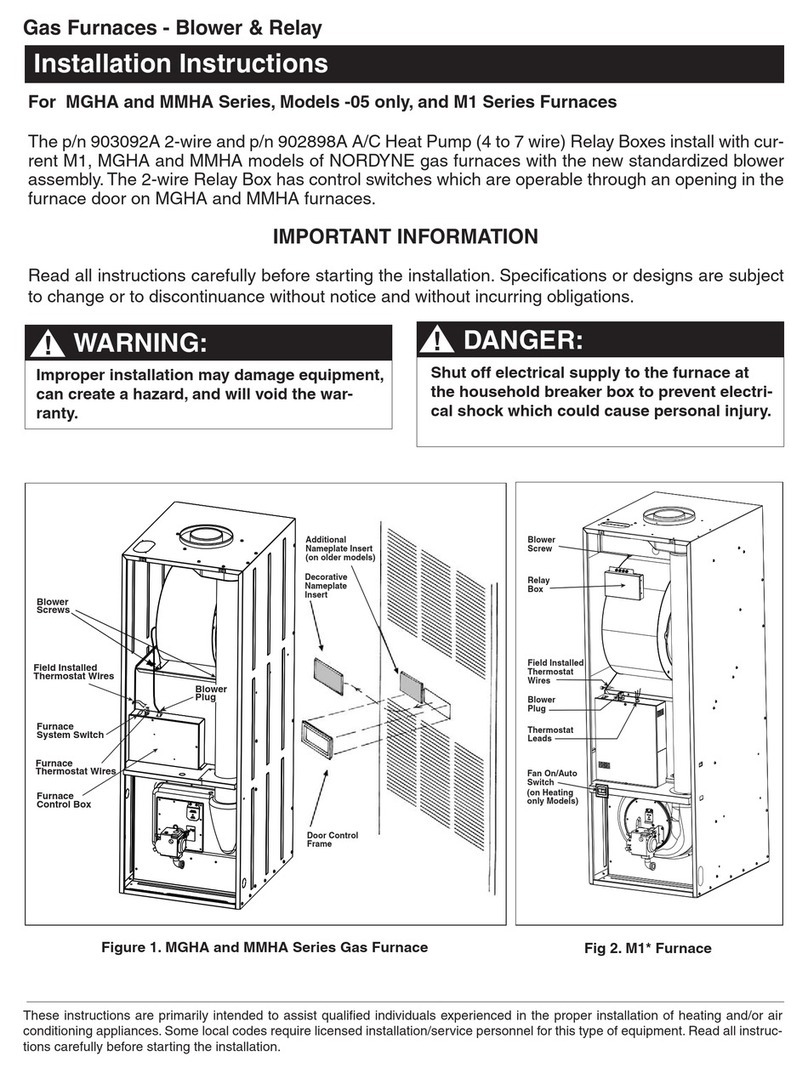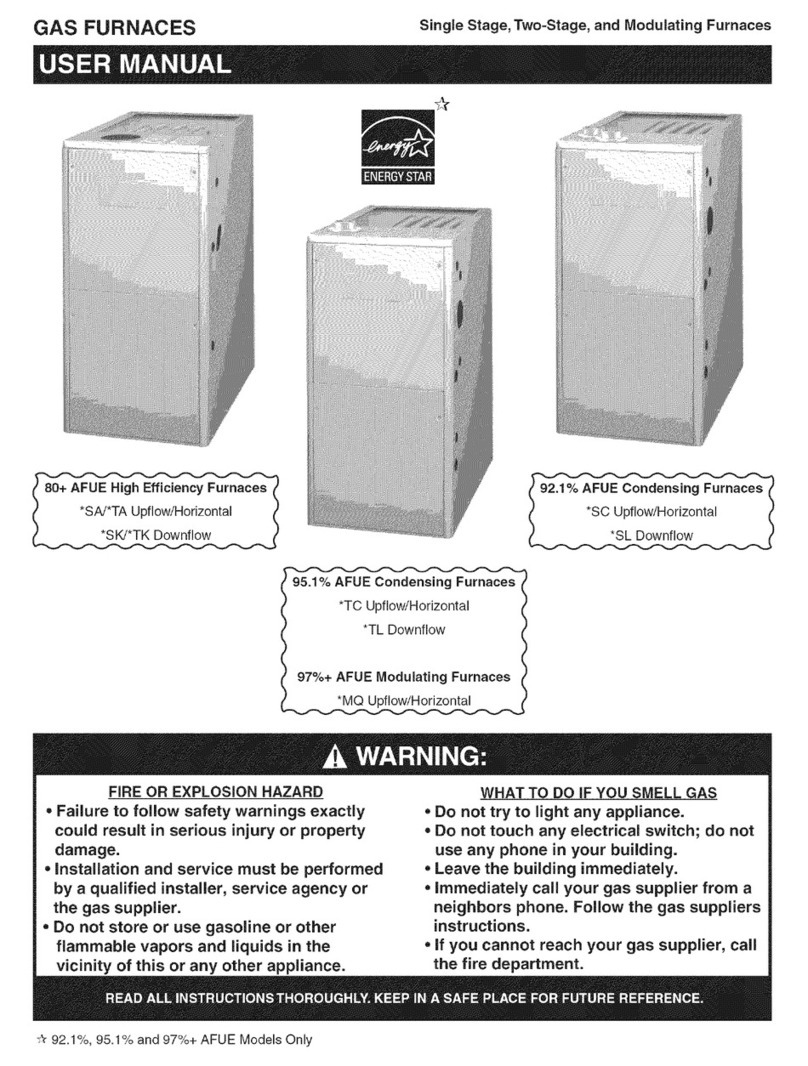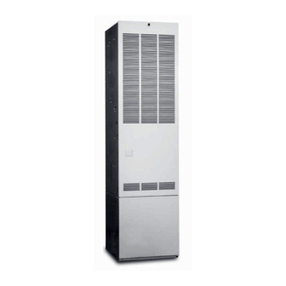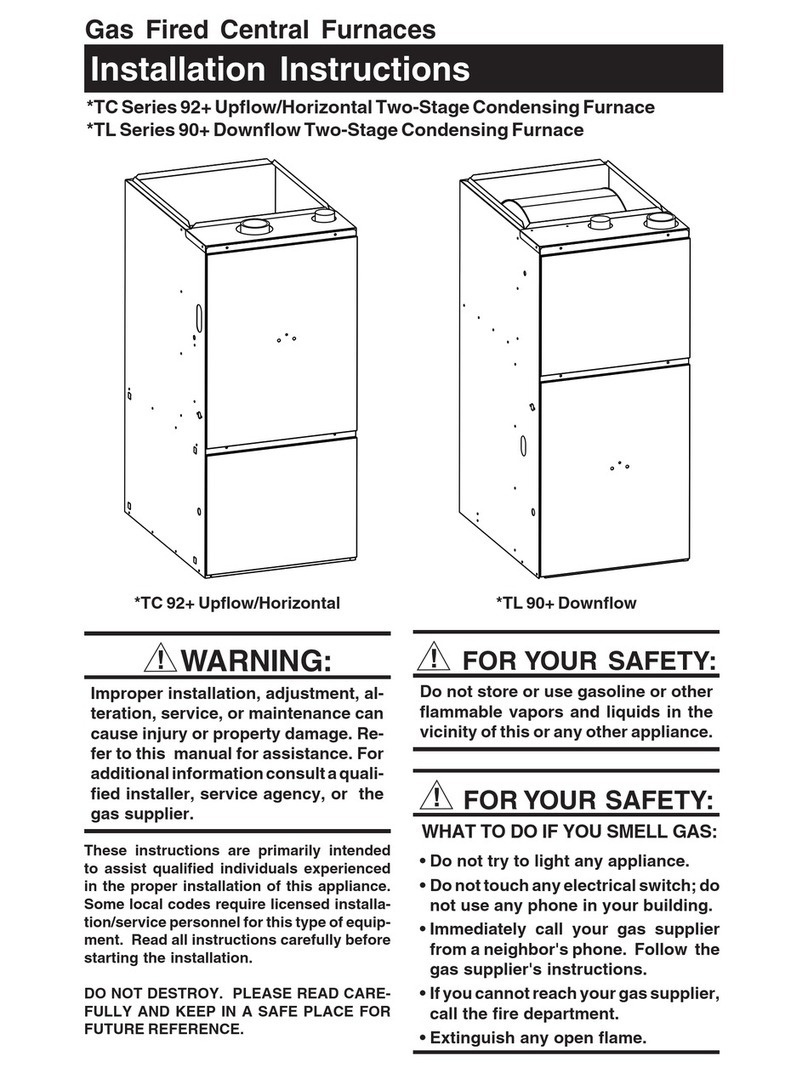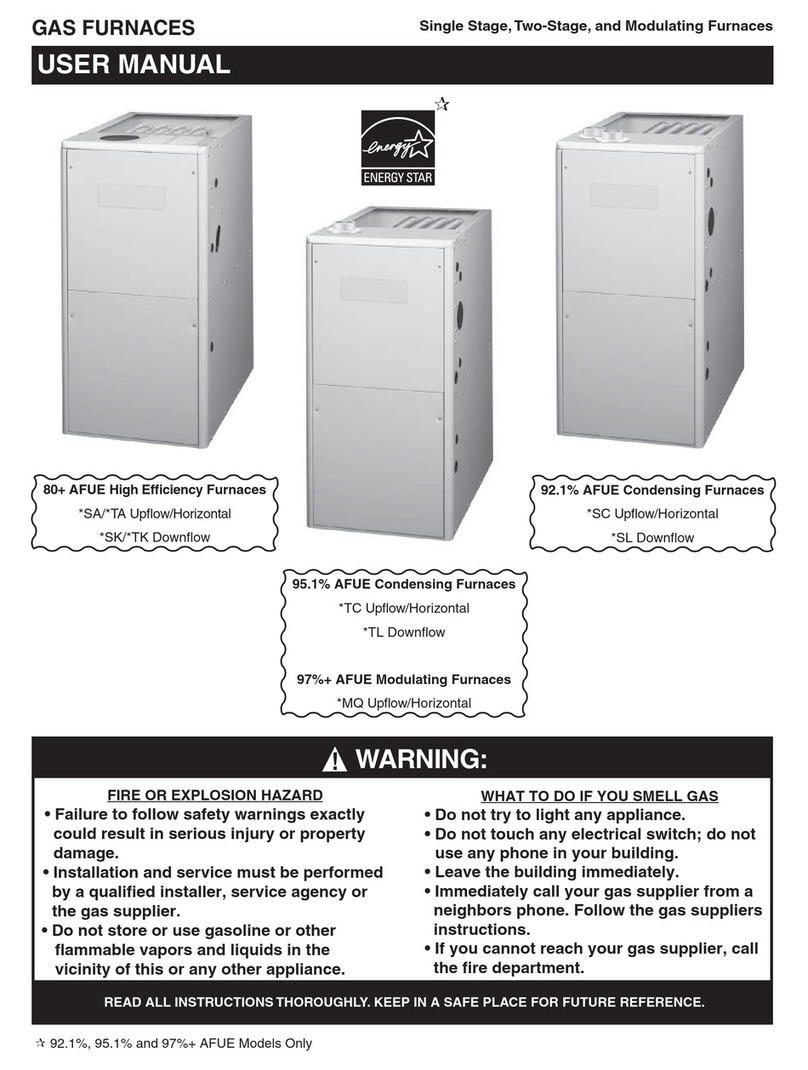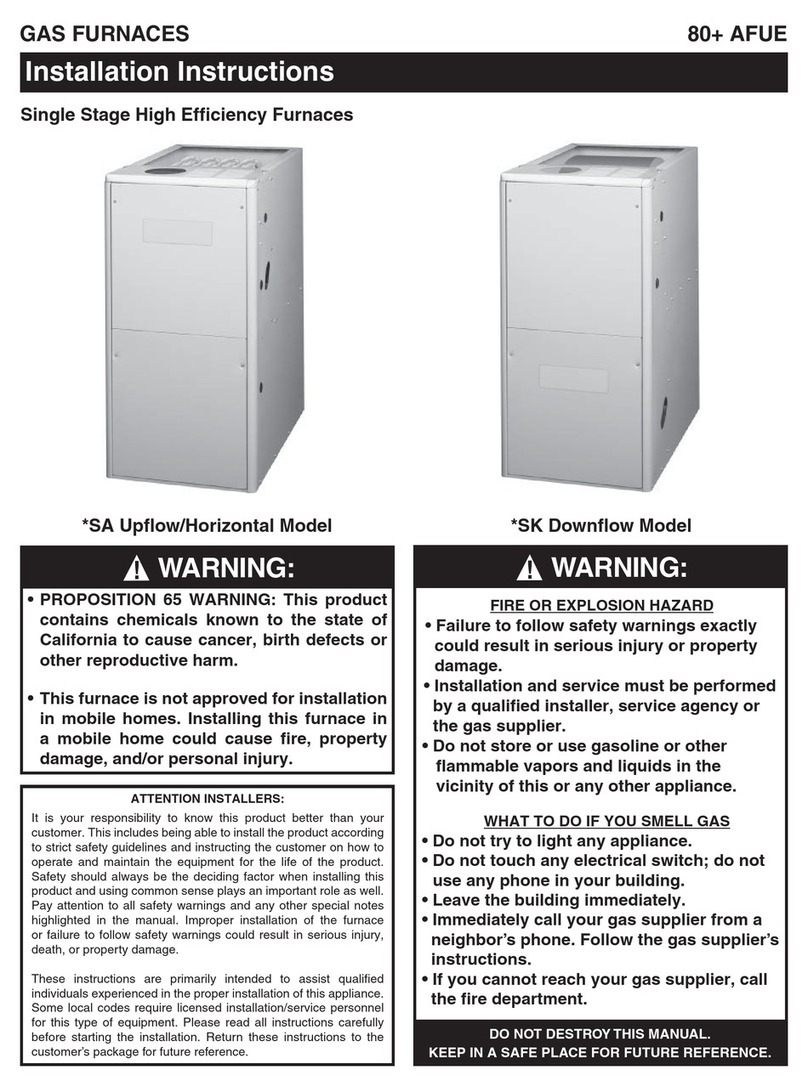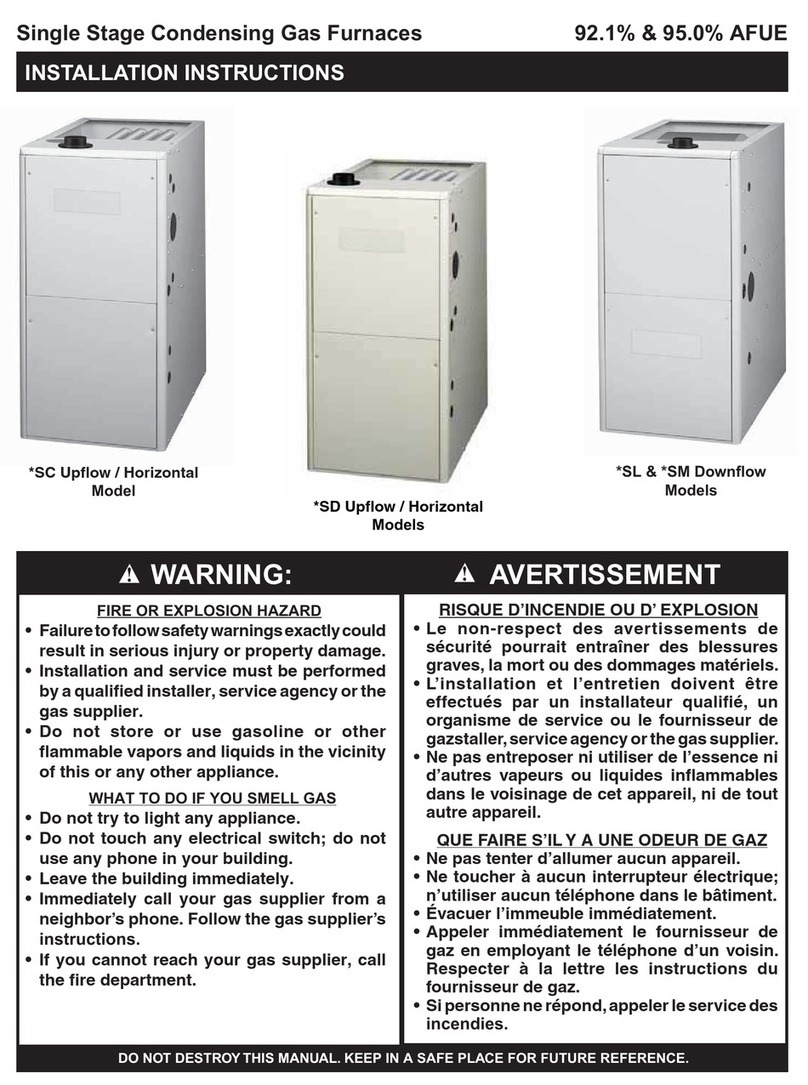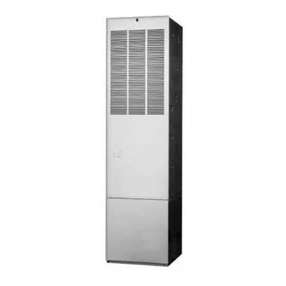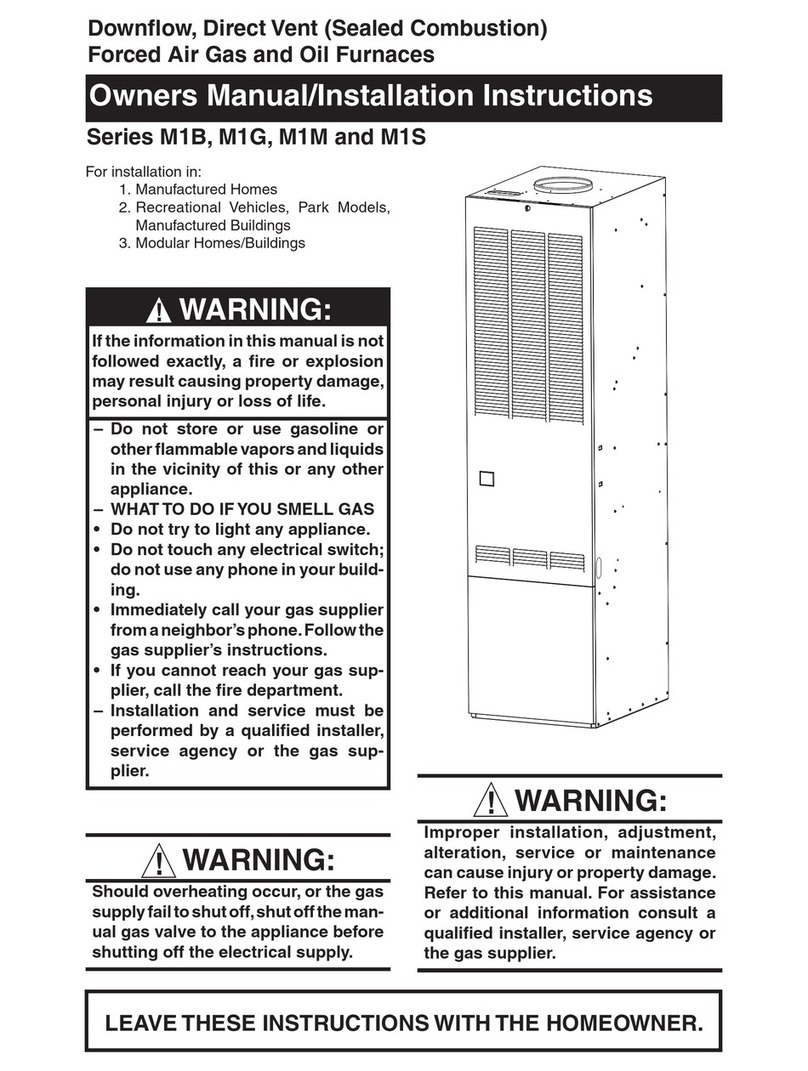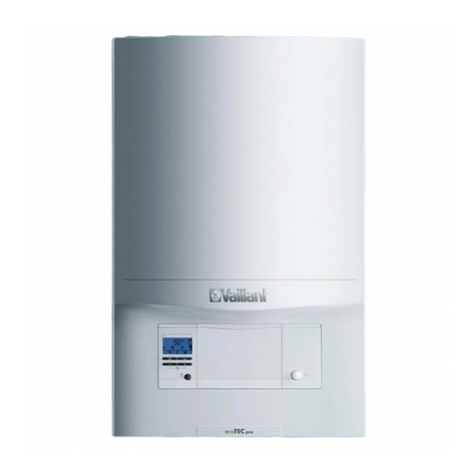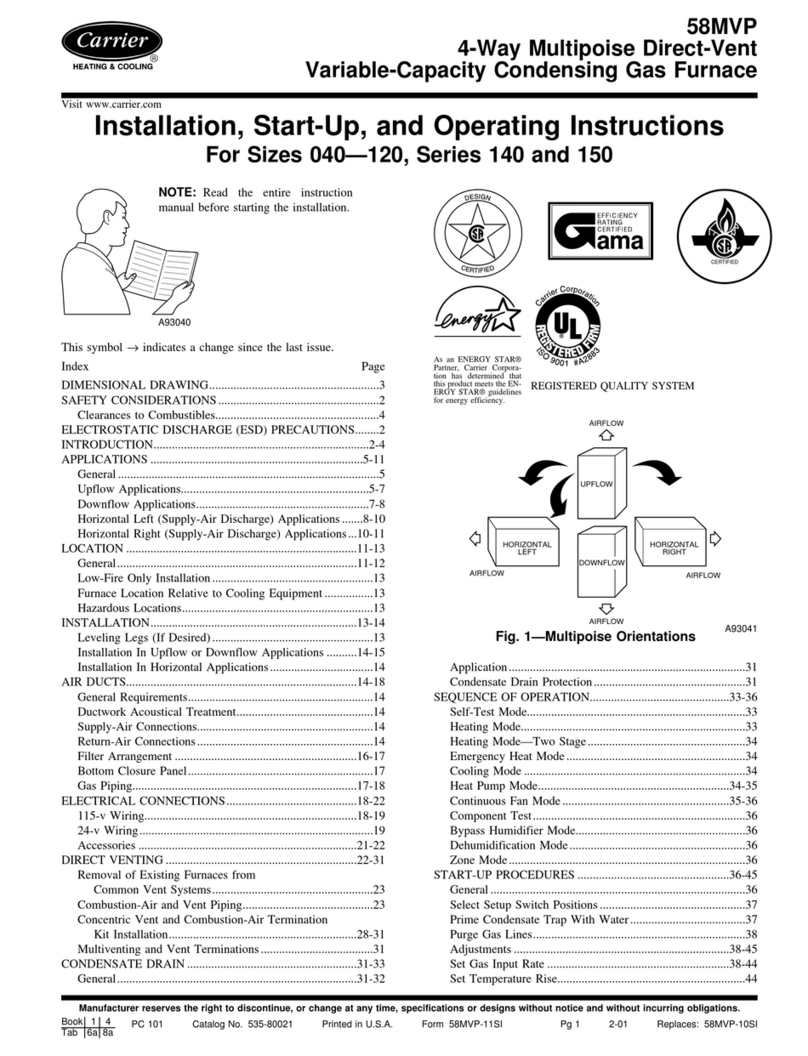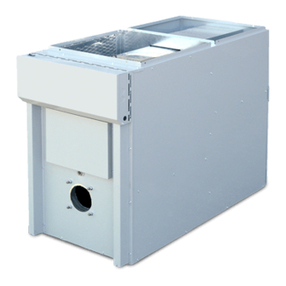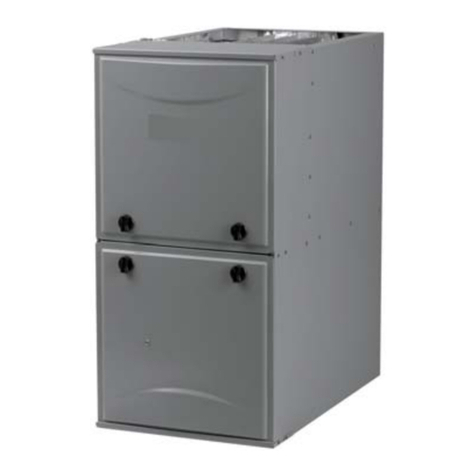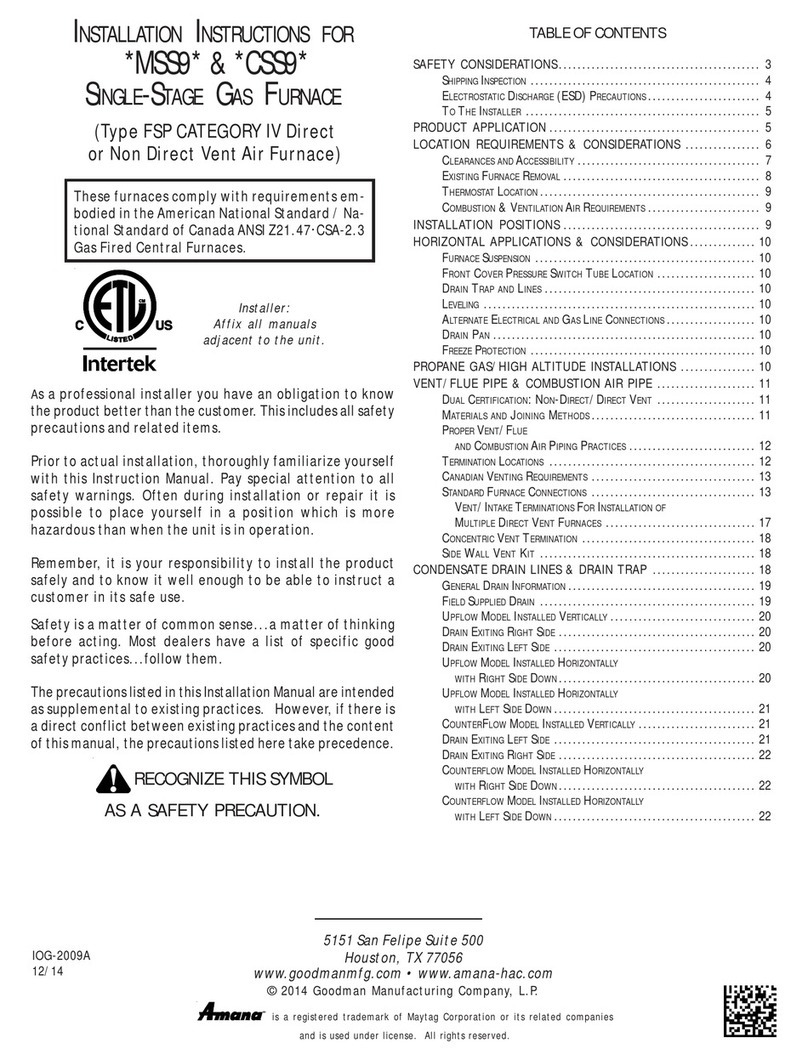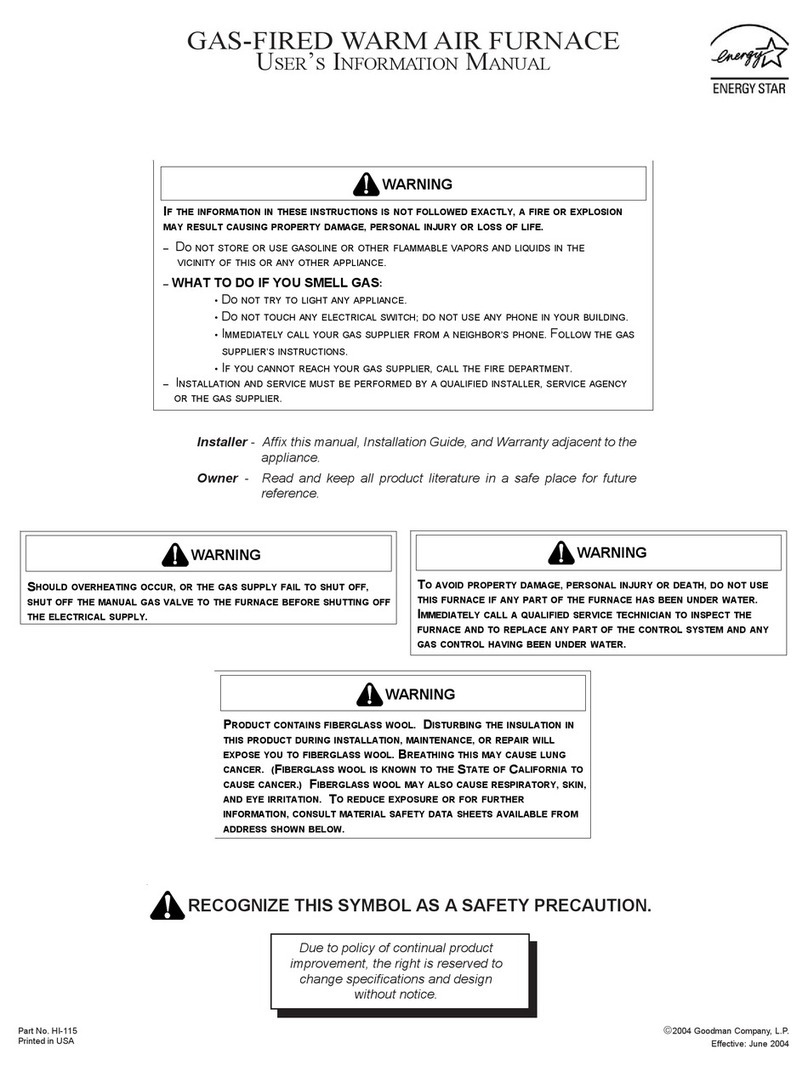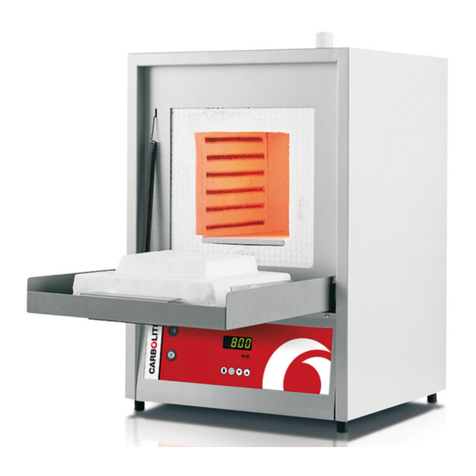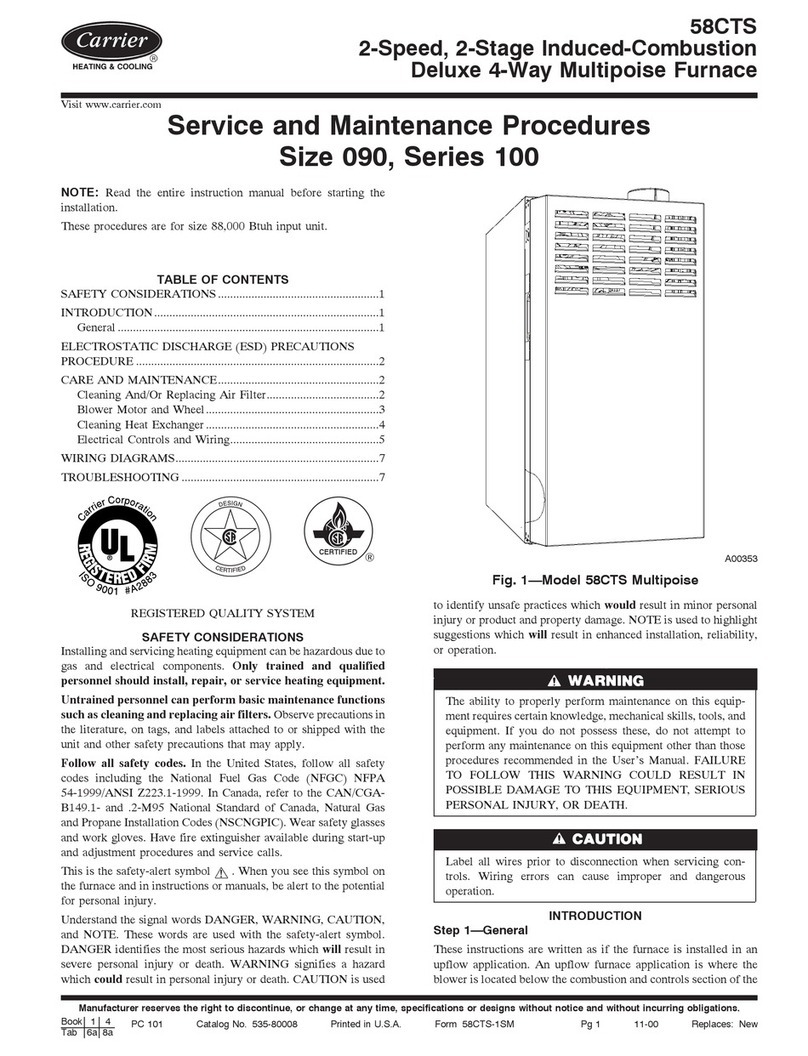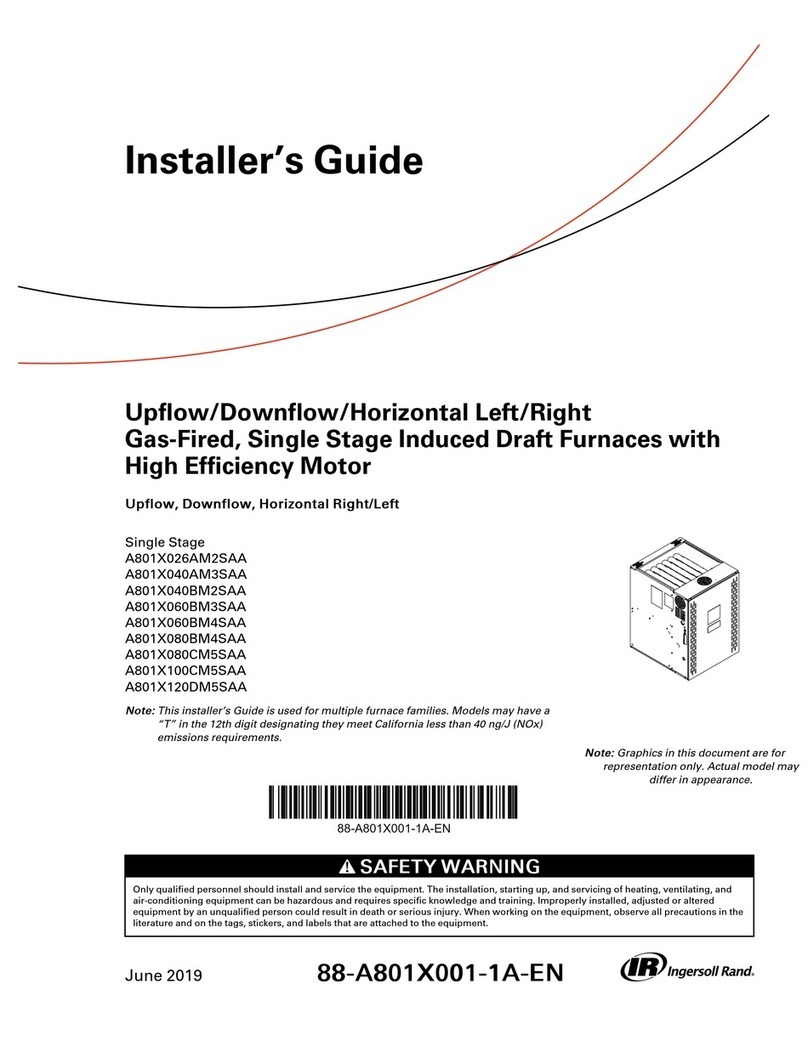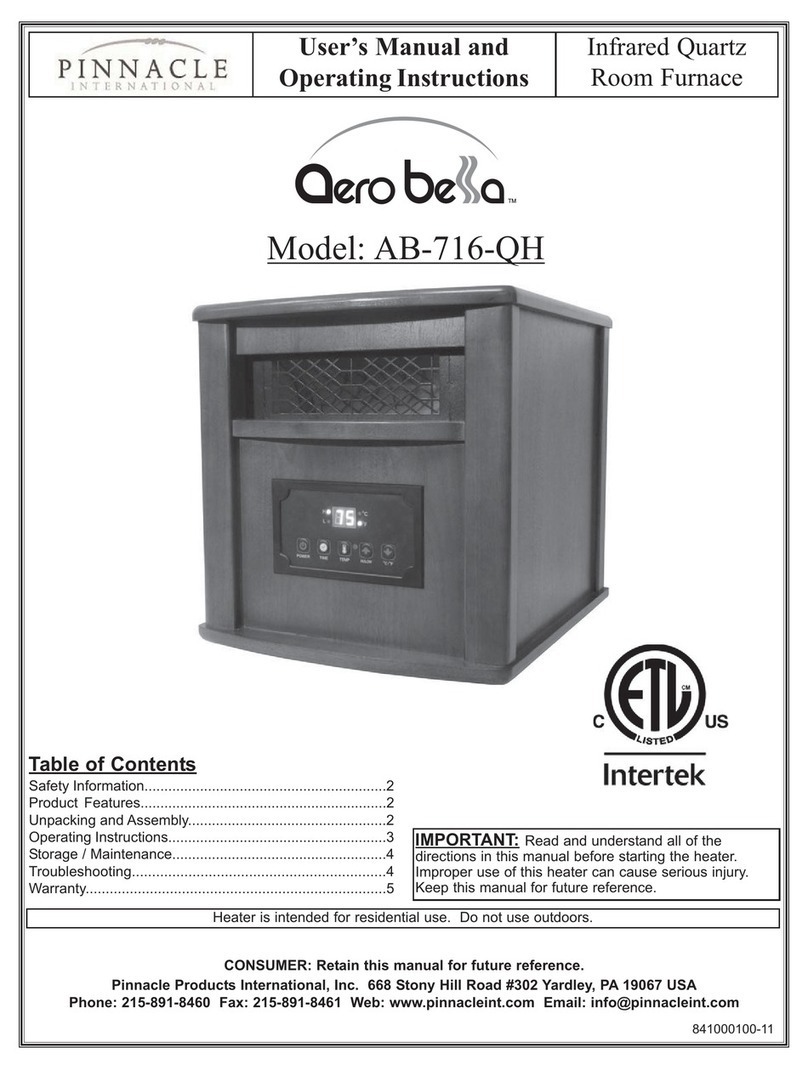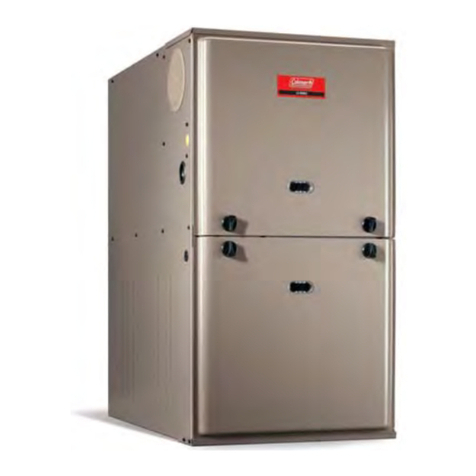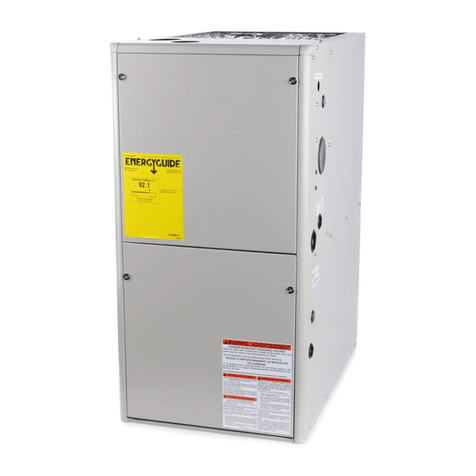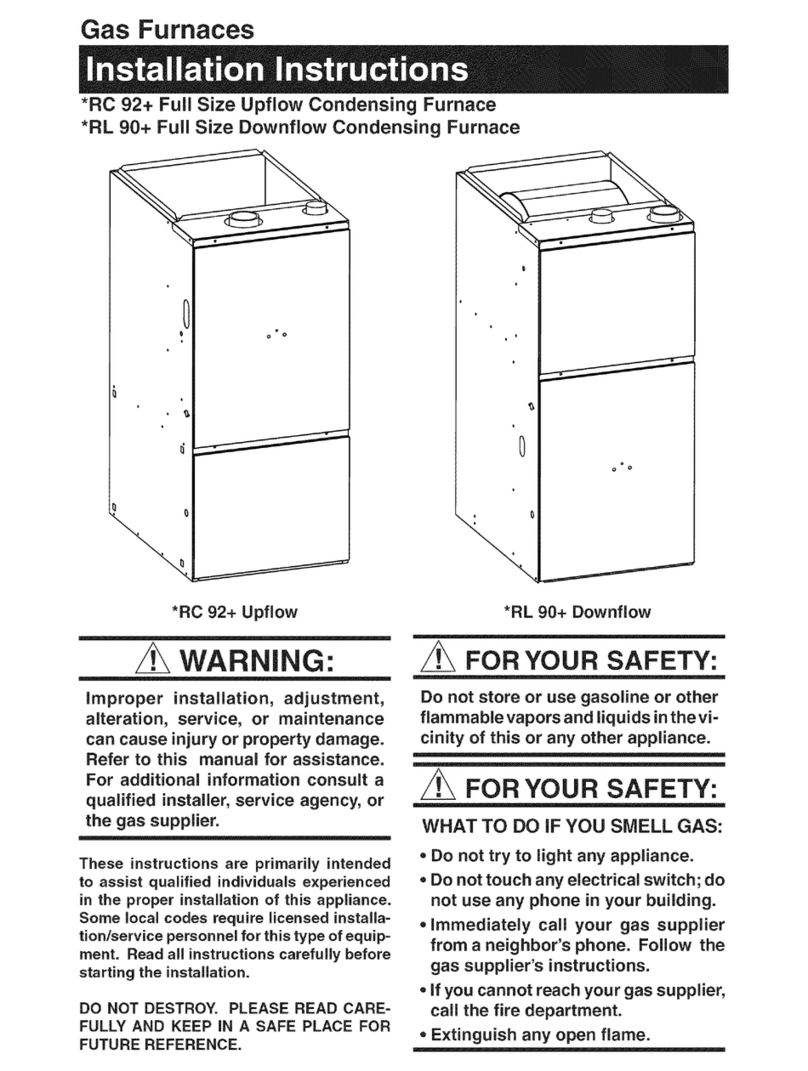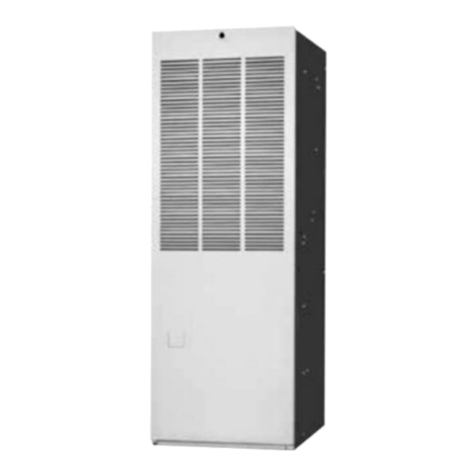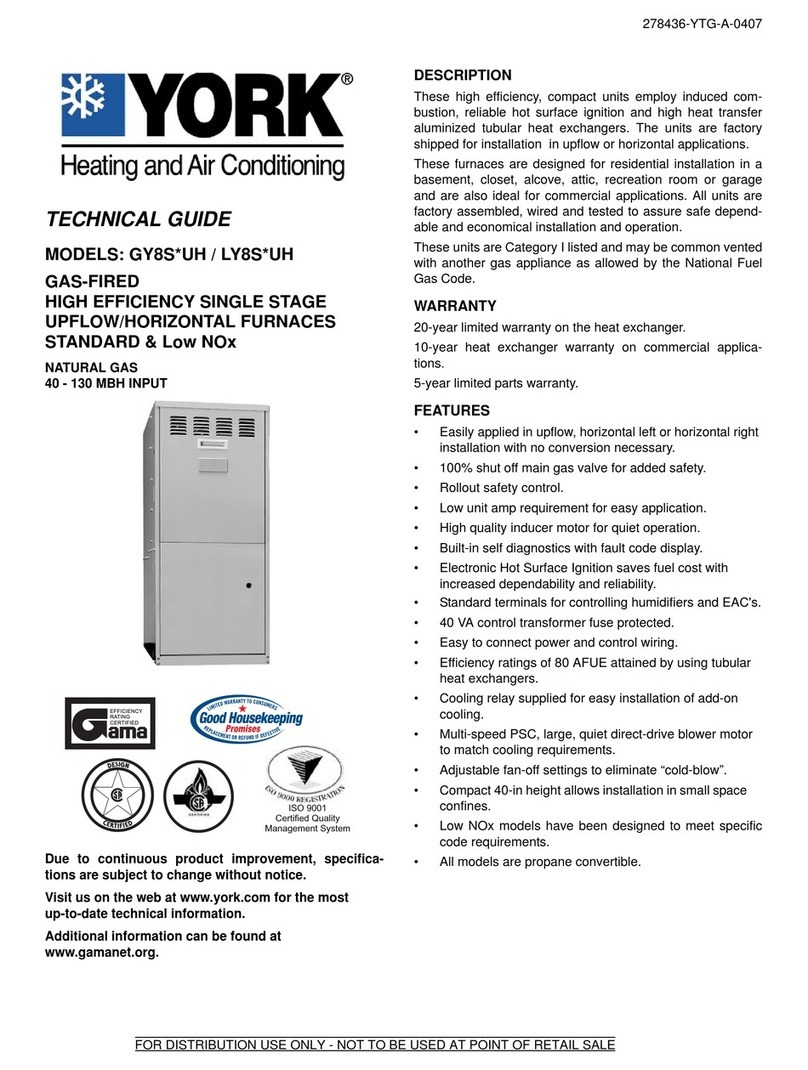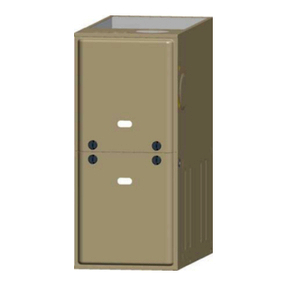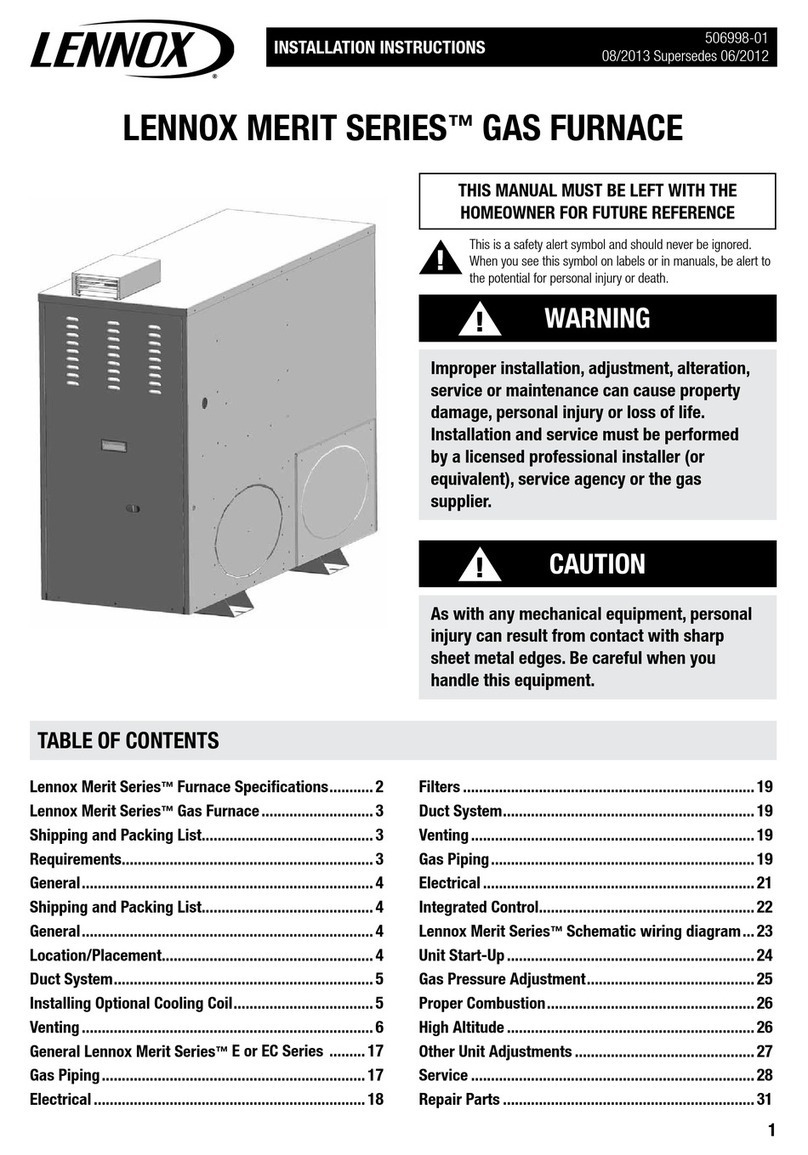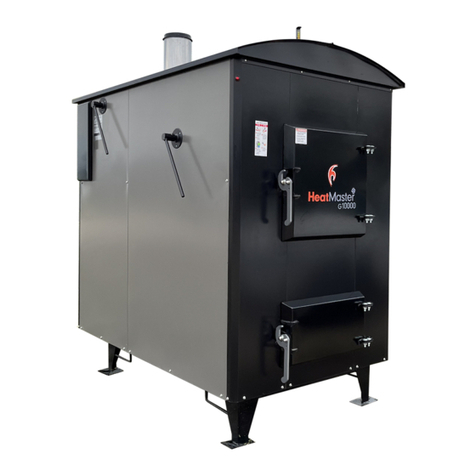
TABLE
OF
CONTENTS
INTRODUCTION
ooo
nn
i
ee
ne ne
enne cent
enneeeneeteeeseeee
cesses
see
taesiaessesnneseeeseneesieesitesieetiesiesnaes
3
HEAT
LOSS.
nr
nn
ee
ne
eed
eee
ene
seeeteee
snes
tee nee
saeesnaesiesseseneeenresieesereseneesnenas
3
LOCATION
OF
UNIT
ooo
nn
in in
ie
eer
ennteenr
niet
tneesees
sire niee tiie
sde sie
tineesieetiessiessneseneeentesntenes
3
AIR
CONDITIONING
oo...
en
nn
nn
i
ne
ne
erred
een
serene
sent
eseeeseeecieesieetieesieesiaeenennaees
4
COMBUSTION
AIR
0...
een
rr
nn
nn
nn
ee
ne
eee
eee
ener
nneeseees
nee
seeeseessieesieenieesiaesnennated
5
CHIMNEY
VENTING
o.oo
rn
nn
nn
nn
ee ee
fnnd sent enne erie
eseeeseeesaeesenessieesieesieesiaesieenated
5
DRAFT
REGULATOR
CONTROL...
cece
eee
rer
nr
it
ee
ener
enne
een
esneeseeeseneeciresieesieesieetietiiesnresereseneeseenas
5
OIL
TANK
oo
ni
nnn
nn
nn ee
ne
eed
eee
ene
nneeteee
snes
see
tieeseesiesiieenneeeneennnee
7
PIPING
INSTALLATION
0.00...
et
ein
eerie
een
ene
ene
eter
niente
ties
tee
teste
sire
ties
siesiessieesieeeneesntesereseneesneesneenaes
7
ELECTRICAL
CONNECTIONS
0...
eee
ern
een een
en
ener
renee
siete siete
tiie
sinesnneseneeeneesieeseeeseneesntesieesieetieesseenaes
7
FAN
TIMER
BOARD
AND
LIMIT
CONTROL...
eee
er
err
nt nt
erie
tiie
sneer
eenresneesneeseneseneesiresitetieesieesieenaes
8
CIRCULATING
AIR
BLOWER...
cn
i
i
i
rn
in
it ie
ie
ene
ennr sent
enneesneeseeseieesieetietietiiesiieenieeenrenntee
8
HUMIDIFIER...
eee
nn
nn
nnn
eee
ete
ene
cece
ene
seneeeneeseeeseeesciesniesiesenesenessneesnresereseneeeeeeas
9
OIL
BURNER...
.
enn
nn
ne
eee
eee
eee
eneeeee
eee
eeeee
see
snee
tee
siiesieenneseneennnee
9
FURNACE
INSTALLATION
SET-UP
0.
rr
nr
in
in ie
eter
eent
enn
eneneseneesneeseeeseneesieenieetieetiesiesiaees
11
MAINTENANCE
AND
SERVICE
1.000.
en
ir
in
ie ie
enters
iereenneeenreeneesnreseeeseneesieetieesieesieetiaesieeiaees
11
OPERATING
INSTRUCTIONS
000...
eee
teen
een een
ereeereneetiee
sire snee
testis
snesnesenteeneesieeeeesentesieesereseeeeneesneenags
12
APPENDIX
A-
04MD-091A-12-FA
AND
04MD-140A-16-FA
BURNER
SET
UP
uu...
eee
eereneeereeenteeas
13
A.1
OIL
BURNER
AIR
ADJUSTMENT
|...
re
int
eee
eine eenr
een
esneesereenieesieesieetiesiesiiessnrseneeenteentene
13
A.2
BURNER
ELECTRODES
|...
rn
i
eerie
en rn
reesei
eeneneesniee
siete
nie
tietiiesiiesenresiiessnresieeeneenntene
13
A.3
START
UP
Loin
i
rn
nn
ne
ee
nd
ene
ene
neared
nee nee tee tee
teenie
tee
siesiessneesneeeneeentenes
13
TABLE
A-6
DIRECT
DRIVE
BLOWER
SET-UP
ooo.
ee
eter
rr
enteritis
tie
tietiiesiieetiesiessnresneseneeentenes
14
TABLE
A-8
DIRECT
DRIVE
BLOWER
CHARACTERISTICS
ooo...
eee
eer
teens
rie
eiieseneeenrenniesenresneeeneeenteees
15
TABLE
A-9
GENERAL
DIMENSIONS
(INCHES)
0...
eee
eer
ere
inet
rie
nieetietiesinesiesiessnresneeeneeeneenes
16
APPENDIX
B:
WIRING
DIAGRAMS
0.0...
ecient
ener
enn
eenr
een
eene
eters
eieesieesneetieetiesiesiieesneeeneeesnreeneseneesntenes
17
OPERATION
OF
OIL
BURNER
o.oo
eee
en en en
re
renee
nire
tiers
tess sess
senrseneesireseeeseeseeesereseeesneenneenags
18
APPENDIX
C-R7184
TROUBLESHOOTING
|...
eee
eeneen
een
entree
eeesieciesieetietiessnessneeeieessntesneseneeentenes
19
R7184
DETAILED
SEQUENCE
OF
OPERATION
(FIGURE
7)...
cece
ee
tern
crne cent eene
een
etenteeneennteseneneeeneeee
19
TABLE
C-1:
ELECTRONIC
FAN
TIMER
BOARD
(EFT)
DETAILED
SEQUENCE
OF
OPERATION...
22
R7184
LED
DIAGNOSTIC
LIGHT
0...
eee
rr
err
nt
it
ieee
ie
tint eine
eenne
sie
eeneseneesieeseteseneesieesieetieetiesiaeenaees
23
TABLE
C-3:
R7184
TROUBLESHOOTING...
eee
een een
en
entrees
sie tie
siesiiesinesentesiieseneeeneeeneeentenes
24
TABLE
C4:
SYSTEM
AND
GENERAL
TROUBLESHOOTING
occ
eet
entries
rete
teneeeneesneseeesneeeneeenrenes
26
FINAL
CHECK
OUT
oo
nn
nn
nn
ne
ne
ne
need
eee
denne
nneeseee
nee
naeegeneenieenieenieetiesieenaees
28
PARTS
LISTING:
COUNTERFLOW
HORIZONTAL
MODEL:
04MD-091A-12-FA
Loo.
ee
nett
eerie
tneenaees
29
PARTS
LISTING:
COUNTERFLOW
HORIZONTAL
MODEL:
04MD-140A-16-FA
Loo...
enetterneeniees
32
HOMEOWNER’S
REFERENCE
TABLE
1.00...
eee
er
reir
ieenne
sensei
een
eseeeeieesietietietietietiiesnieensesieenates
35
NOTES:
ooo
nn
nn nn
ne
ee
ne
ne
ee
eee ene
ene
seeeseeeesneeseeeseesnieesieesieesieesiesnesiates
36




















